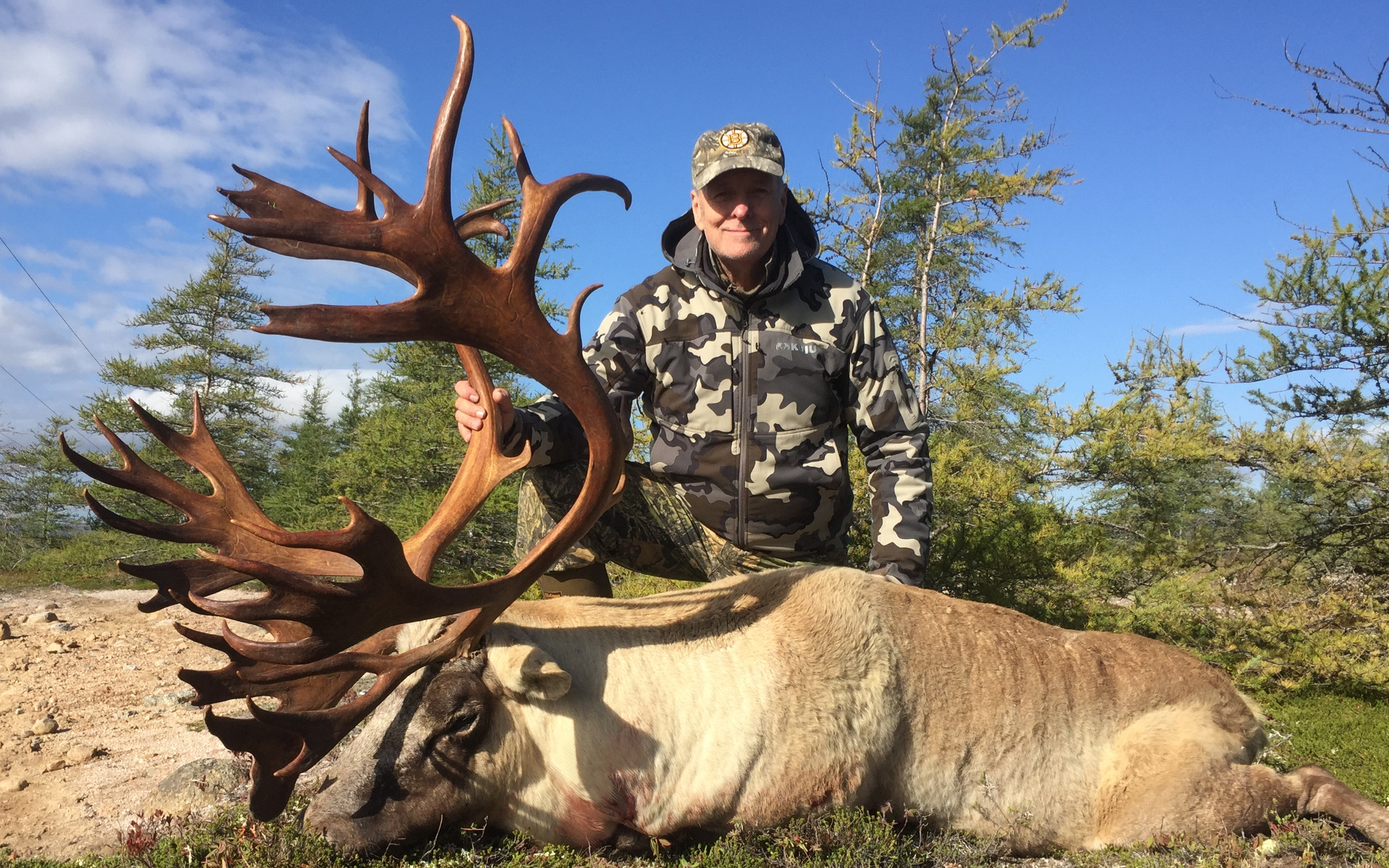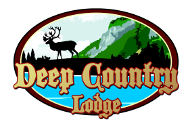ONLY PLACE IN THE WORLD TO HUNT WOODLAND CARIBOU

Woodland Caribou Hunting is a Thrill of a Lifetime.
Contact Us Today to secure your dates. This hunt books quickly.
Newfoundland is the only place in the World to hunt Woodland Caribou. Deep Country Lodge is the best Trophy hunting woodland Caribou outfitter in the business. We display a large collection of Trophy Woodland Caribou antlers, of which, many each year qualify for the Boone & Crockett World Record Book, SCI record book and POPE &YOUNG.
Our operations are located on the edge of the Bay Du Norde Wilderness Reserve close to the heart of Middle Ridge, home of the largest remaining Woodland Caribou herd in the world with the best genetics in Newfoundland. We have had 100% success rate on Woodland Caribou for over a decade. We guarantee 100% hunting opportunity on Woodland Caribou.
Over half of our hunters qualify for the all time Boone & Crockett Record Book score of 295 or better and the vast majority of our hunters qualify for the Safari Club Record Book and also the Boone and Crockett awards at 265 score. We are official measurer’s for SCI
The Woodland Caribou are native to both Newfoundland and Labrador (the island and the mainland part of the province), with the largest herd located in Middle Ridge on the island. Woodland Caribou prefer mostly barren land during the summer months but move to areas of mixed forests during the colder winter months. The Average weight is 400 lbs – 180 kg for males and 300 lbs – 135 kg for females. Height tends to be on average 3.5 – 4 ft or 1.05 – 1.2 m. Antlers may spread up to 5 ft – 1.5 m wide and live an average of 15 years.
The caribou’s body is dark brown, with lighter patches around the neck and rump, and white above each hoof. All males and some females have dark velvety antlers that are flattened and project forward. The males shed their antlers in November or December, after mating, while the females and young may carry through the winter months. Caribou have large, concave hooves that are ideal for travelling over snow or soft ground, and for digging in search of snow-covered lichens. The hooves are sharply edged for ice travel and are wide to serve as paddles when swimming.
Caribou are herbivores. Their main food source is lichens, which gives caribou an advantage in the harsher northern areas of its range where vegetation is scarce. The common “caribou moss” is a type of lichen (Cladonia rangiferina), which is a major food for caribou. Caribou also eat vegetation such as grasses, sedges, birch and willow leaves, and mosses.
Caribou mate around mid-October and males can have many mates. After a gestation period of about 230 days the calf is born in May/June. The calf is weaned after about two months and joins the herd in the fall migration. Male caribou begin to mate around the age of 1.5 years.
The Black Bear is the greatest natural predator of the caribou and, for thousands of years, has been known to follow migrating caribou herds, killing mostly the aged, injured or weak animals. In recent studies Black bear take as high as 55% of caribou calves. Caribou are also an important food source for Canadians, native communities throughout the north.

Newfoundland is the only place in the world you are permitted to hunt the Woodland Caribou. Don't miss out on this special opportunity.
The Woodland Caribou is part of the North American Super Slam: 29
We are close to the heart of Middle Ridge, home of the largest remaining Woodland Caribou herd in the world with the best genetics in Newfoundland.
